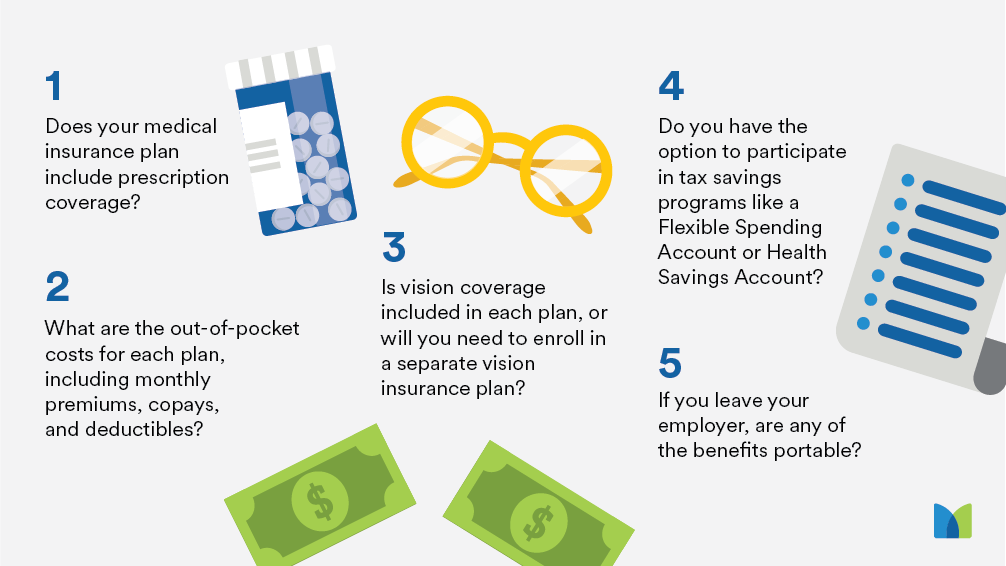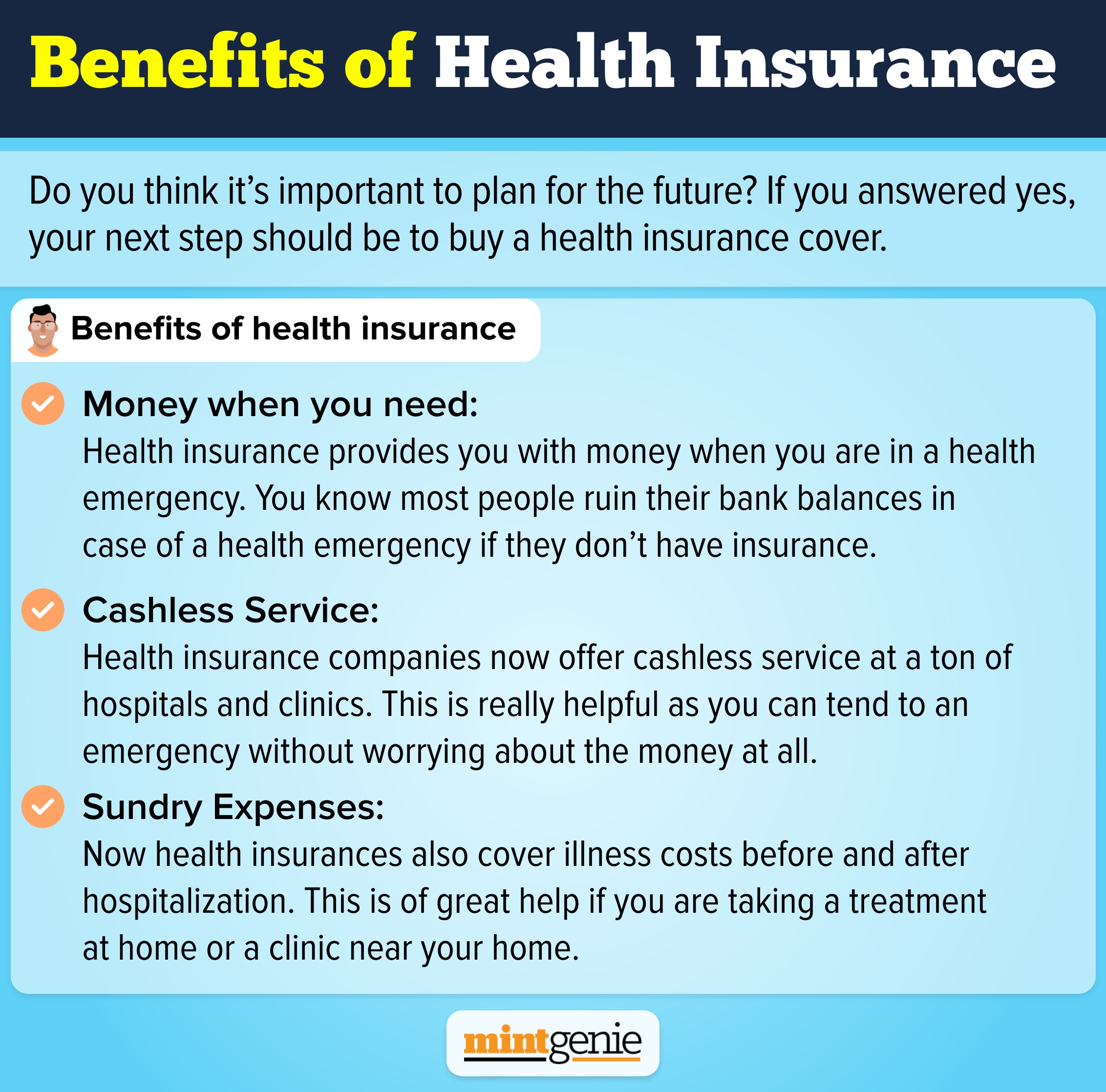Some Known Details About Medicare Advantage Agent

Voters and plan makers in focus group conversations characterize those without insurance as youngsters who have the opportunity to be covered and feel they do not need it (Porter Novelli, 2001). Contrasted to those with at least some exclusive coverage, the uninsured are less most likely to report being in exceptional or excellent health(Company for Health Care Research and Top Quality, 2001). RESOURCE: Facility for Price and Financing Research Studies, Company for Medical Care Study and Quality, based on MEPS information. Young person between 19 and 34 are much a lot more most likely to do not have wellness insurance coverage than any type of other age group. This is primarily due to the fact that they are much less typically qualified for employment-based insurance policy due to the nature of their job or their brief tenure in it. The assumption that individuals without insurance coverage have better-than-average health
follows from confusing the relatively young age profile of the without insurance with the far better wellness, generally, of younger individuals. This obscures the link between wellness status and health and wellness insurance coverage. For those without accessibility to office wellness insurance coverage, inadequate health is a prospective barrier to purchasing nongroup insurance coverage due to the fact that such protection might be very priced, leave out pre-existing conditions, or be merely unavailable. The variety of uninsured Americans is not particularly large and has actually not transformed recently. 7 out of ten respondents in an across the country representative study assumed that fewer Americans lacked wellness insurance coverage than in fact do(Fronstin, 1998). About half(47 percent )believed that the number of people without medical insurance reduced or continued to be constant over the latter half of the last years(Blendon et al., 1999). This decline of practically 2 million in the variety of individuals 'without insurance (a reduction
of about 4 percent)is absolutely a positive change. With a softer economy in 2000 the most recent reported gains in insurance policy coverage may not continue(Fronstin, 2001 ). The decline in the number of without insurance will certainly not continue if the economic climate continues to be slow and wellness care prices remain to surpass rising cost of living. This is due to the fact that the information were gathered for a period of solid financial efficiency. Of the estimated 42 million people who were without insurance, all but concerning 420,000(about 1 percent)were under 65 years old, the age at which most Americans come to be qualified for Medicare; 32 million were adults in between ages 18 and 65, about 19 percent of all adults in this age group; and 10 million were youngsters under 18 years old, concerning 13.9 percent of all children (Mills, 2000). These estimates of the number of persons uninsured are produced from the yearly March Supplement to the Present Populace Survey (CPS), carried out by the Demographics Bureau. Unless otherwise kept in mind, nationwide estimates of people without medical insurance and percentages of the population with various type of protection are based upon the CPS, the most widely used resource of quotes of insurance coverage and uninsurance prices. These studies and the quotes they produce are explained briefly in Table B. 1 in Appendix B - Medicare Advantage Agent. These studies vary in size and tasting approaches, the concerns that are asked about insurance
Medicare Advantage Agent for Beginners
insurance coverage, and the moment period over which insurance policy coverage or uninsurance is gauged(Lewis et al., 1998, Fronstin, 2000a ). Still, the CPS is particularly helpful because it generates annual price quotes fairly swiftly, reporting the previous year's insurance coverage approximates each September, and because it is the basis for a regular collection of quotes for even more than two decades, enabling evaluation of patterns in insurance coverage with time.

Fascination About Medicare Advantage Agent
The partnership between wellness insurance coverage and accessibility to care is well established, as recorded later on in this chapter. The relationship in between health and wellness insurance and health and wellness outcomes is neither direct neither basic, a substantial medical and wellness services check my reference research study literary works web links health and wellness insurance policy protection
to improved access to care, better qualityTop quality and improved enhanced individual population health health and wellnessCondition The second record, on personal health and wellness end results for uninsured grownups, is represented by the innermost circle of the number, while the 3rd report, on family members wellness, encompasses the topics of the 2nd report yet highlights a different system of evaluation, namely, the family.
Furthermore, it concentrates specifically on those with no medical insurance for any size of time. The issues faced by the underinsured are in some areas comparable to those faced by the without insurance, although they are normally much less extreme. Uninsurance and underinsurance, nonetheless, involve clearly different policy concerns, and the methods for resolving them may vary. Throughout this study and the five records to follow, the major emphasis is on individuals without any health and wellness insurance policy and therefore no assistance in paying for health care past what is readily available with charity and safeguard organizations. Medical insurance is a powerful element influencing receipt of treatment due to the fact that both people and physicians react to the out-of-pocket price of services. Medical insurance, nevertheless, is neither essential neither sufficient to obtain access to medical solutions. The independent and direct result of health and wellness
insurance coverage protection access accessibility health services solutions well established. Others will get the wellness additional resources treatment they need also without medical insurance, by paying for it expense or seeking it from service providers that use treatment cost-free or at very subsidized rates. For still others, medical insurance alone does not make certain invoice of treatment as a result of various other nonfinancial obstacles, such as a lack of health treatment suppliers in their area, limited access to transportation, illiteracy, or etymological and social distinctions. Official research study regarding without insurance populations in the USA dates to the late 1920s and very early 1930s when the Committee on the Expense of Healthcare produced a collection of reports regarding funding doctor workplace visits and hospital stays. This issue ended up being significant as the numbers of medically indigent climbed up throughout the Great Anxiety. Empirical studies constantly support the web link in between access to care and enhanced wellness results(Bindman et al., 1995; Starfield, 1995 ). Having a regular source of treatment can be considered a predictor of gain access to, as opposed article to a straight step of it, when health outcomes are themselves used as accessibility signs. This extension of the concept of access dimension was made by the IOM Committee on Checking Access to Personal Health And Wellness Treatment Provider(Millman, 1993, p. Whether moms and dads are guaranteed appears to affect whether or not their children receive treatment along with just how much careeven if the youngsters themselves have protection(Hanson, 1998). The wellness of moms and dads can influence their capability to care for their kids and the degree of household stress and anxiety. Stressing concerning their children's access to care is itself a resource of stress and anxiety for parents. Three phases follow in this record. Chapter 2 supplies an overview of just how employment-based medical insurance, public programs and specific insurance policy plans operate and interact to provide extensive but incomplete protection of the U.S. population. This consists of a review of historical fads and public plans affecting both public and private insurance, a conversation of the interactions among the various kinds of insurance coverage, and an assessment of why people move from one program to an additional or wind up

Comments on “3 Easy Facts About Medicare Advantage Agent Shown”